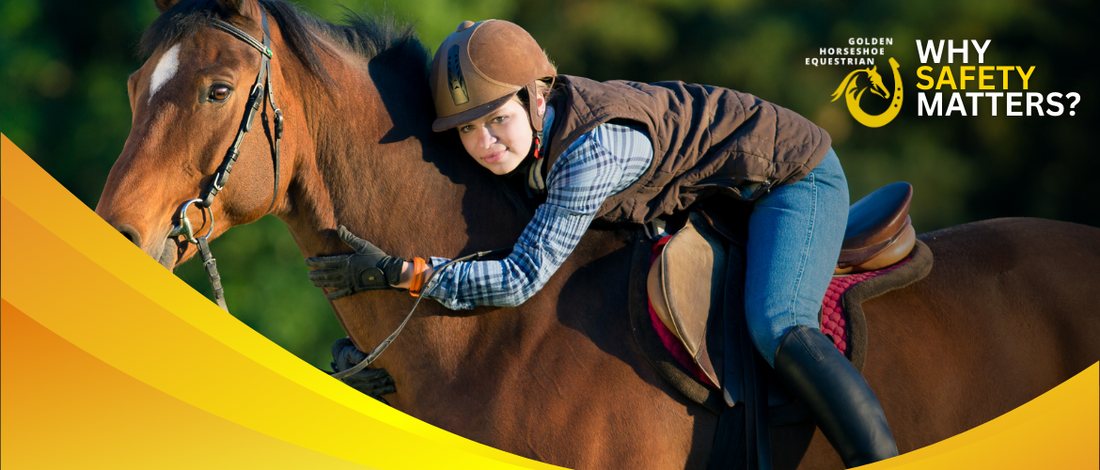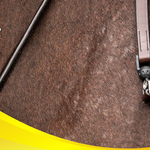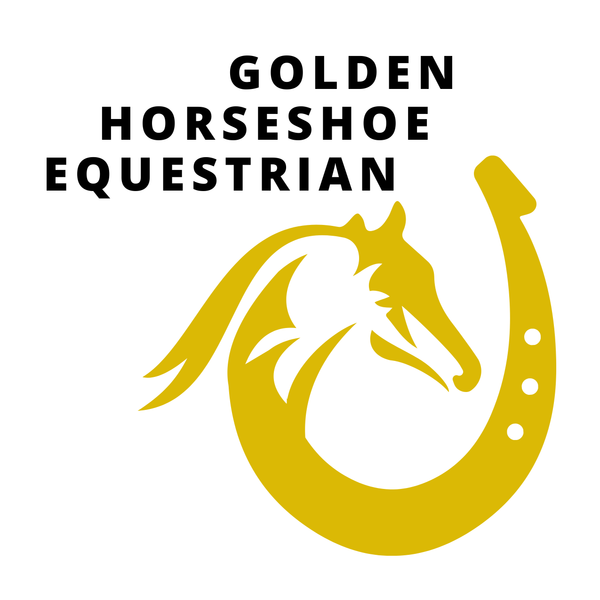
Rider Safety Week Spotlight: Helmets That Protect Your Most Valuable Asset
When it comes to rider safety, helmets are non-negotiable. Even a simple fall at the walk can cause serious head injuries if you’re not properly protected. Wearing a high-quality helmet reduces the risk of traumatic brain injury and can make the difference between a minor scare and a life-changing accident.
Rider Safety Week is the perfect time to evaluate your helmet and make sure it’s up to the latest safety standards. Here are some top considerations and recommended options:
🔹 Key Helmet Features for Safety
- Certified Safety Standards: Look for ASTM/SEI, VG1, or PAS015 certifications depending on your discipline.
- Proper Fit: Helmets should sit level on your head, snug but comfortable, and not shift when you shake your head.
- Adjustable Harnesses: Many modern helmets feature easy-to-adjust straps and dials for a secure fit.
- Impact-Absorbing Shells: Advanced foam and composite materials disperse impact energy to protect your brain.
- Ventilation & Comfort: Helmets with airflow channels help regulate temperature, making longer rides more comfortable.
🔹 Why Helmets Are Critical
- Head Injuries Are Common: Studies show that head injuries account for a large percentage of serious equestrian accidents, even in controlled riding environments.
- Helmets Save Lives: Properly fitted helmets reduce the risk of severe head trauma and skull fractures.
- Replace After Impact: Helmets are designed to absorb one major impact—after a fall, always replace your helmet even if it looks undamaged.
🔹 Rider Safety Week Tip
This week, take a moment to inspect your helmet:
- Check the fit and harnesses
- Look for cracks, dents, or worn-out foam
- Confirm it meets current safety certifications
If it’s time for an upgrade, consider one that offers modern comfort features like adjustable ventilation, moisture-wicking liners, or lightweight construction—because safety doesn’t have to compromise comfort.
🔹 Helmet Technology Spotlight: MIPS & ERT
Modern helmets don’t just protect against direct impacts—they also incorporate advanced technology to reduce rotational forces and improve overall head protection. Two of the most popular innovations are MIPS and ERT.
MIPS (Multi-directional Impact Protection System)
MIPS is a slip-plane technology designed to reduce rotational forces during angled impacts.
-
How It Works: A low-friction layer inside the helmet allows the outer shell to rotate slightly relative to the head during a crash, reducing rotational energy transmitted to the brain.
-
Key Benefit: Helps protect against certain types of brain injuries that occur during rotational impacts, not just direct hits.
-
Who Should Consider It: Riders in high-impact disciplines like eventing, show jumping, and cross-country, where falls at angles are more common.
💡 Diagram idea: Illustration showing how the inner MIPS layer moves slightly compared to the outer helmet during a fall.
ERT (Energy-Reducing Technology)
ERT is a patented material system that absorbs impact energy and disperses it more effectively than traditional foam liners.
-
How It Works: ERT foam compresses and flexes on impact, spreading the force over a larger area and reducing peak pressure on the skull.
-
Key Benefit: Provides excellent protection against both high- and low-energy impacts, while remaining lightweight and comfortable.
-
Who Should Consider It: All riders, especially those looking for lightweight, durable helmets for everyday riding, schooling, or competitions.
💡 Diagram idea: Side-by-side cross-section of ERT foam vs. traditional foam showing how energy is dispersed on impact.
Choosing Between MIPS and ERT
-
MIPS focuses on rotational impact protection, while ERT excels at energy absorption from direct hits.
-
Many modern helmets now combine multiple technologies to give both rotational and linear impact protection, offering the highest level of safety available today.
🔹 Final Thoughts
A helmet isn’t just a piece of tack—it’s your most important piece of safety equipment. Whether you’re a beginner or an experienced competitor, a properly fitted, certified helmet is your first line of defense in the saddle.
This Rider Safety Week, make a commitment to always wear a helmet and encourage others to do the same. Protect your head, ride smart, and stay safe.
Prev post

Rider Safety Week Spotlight: Protecting Your Core with Safety Vests
Updated on 19 September 2025
Next post

Rider Safety Week Spotlight: Safety Reins That Put Control in Your Hands
Updated on 17 September 2025
